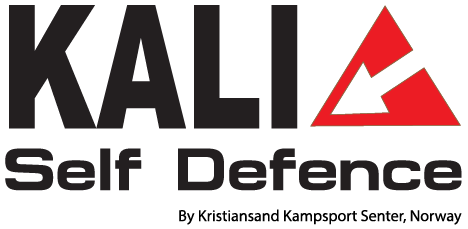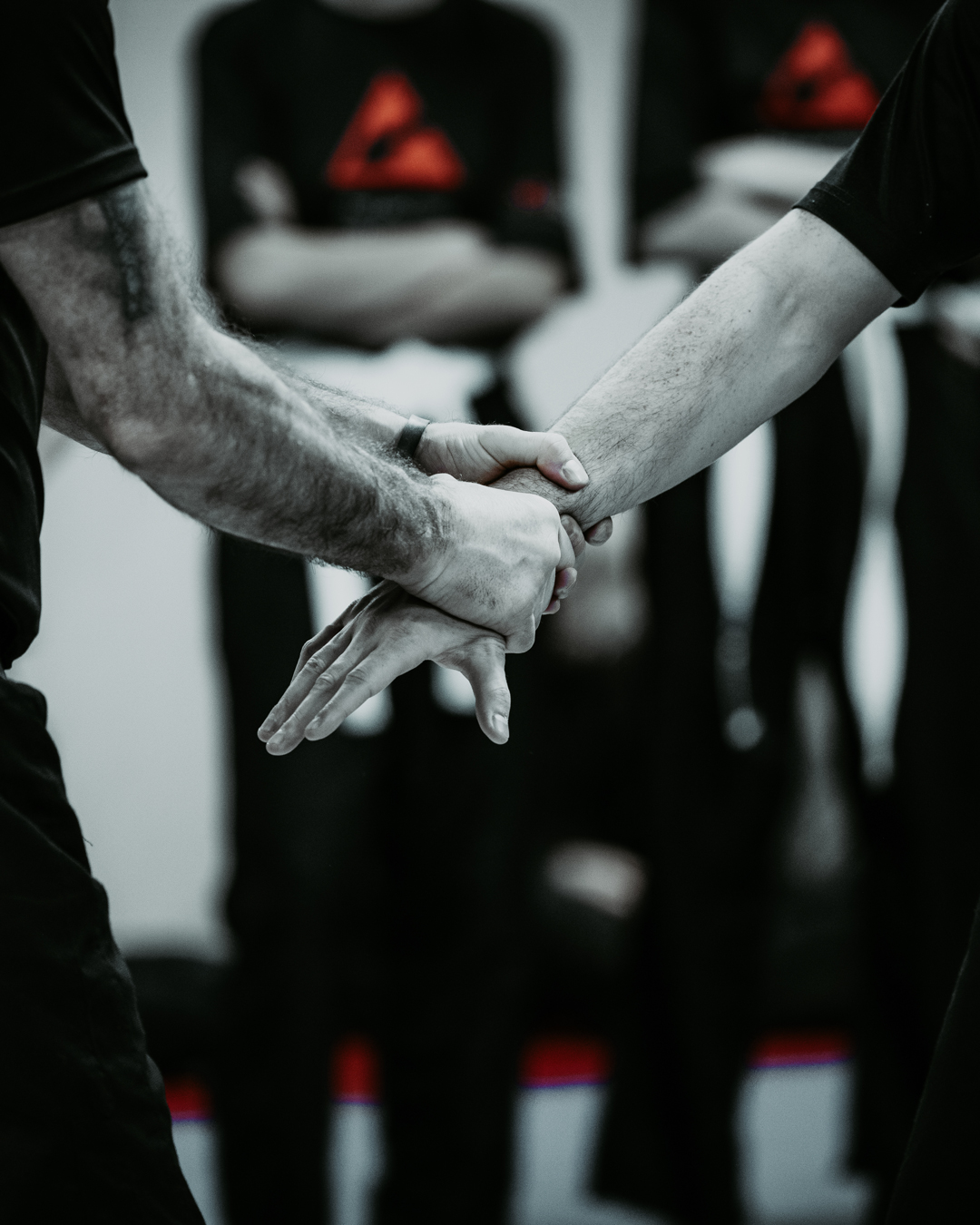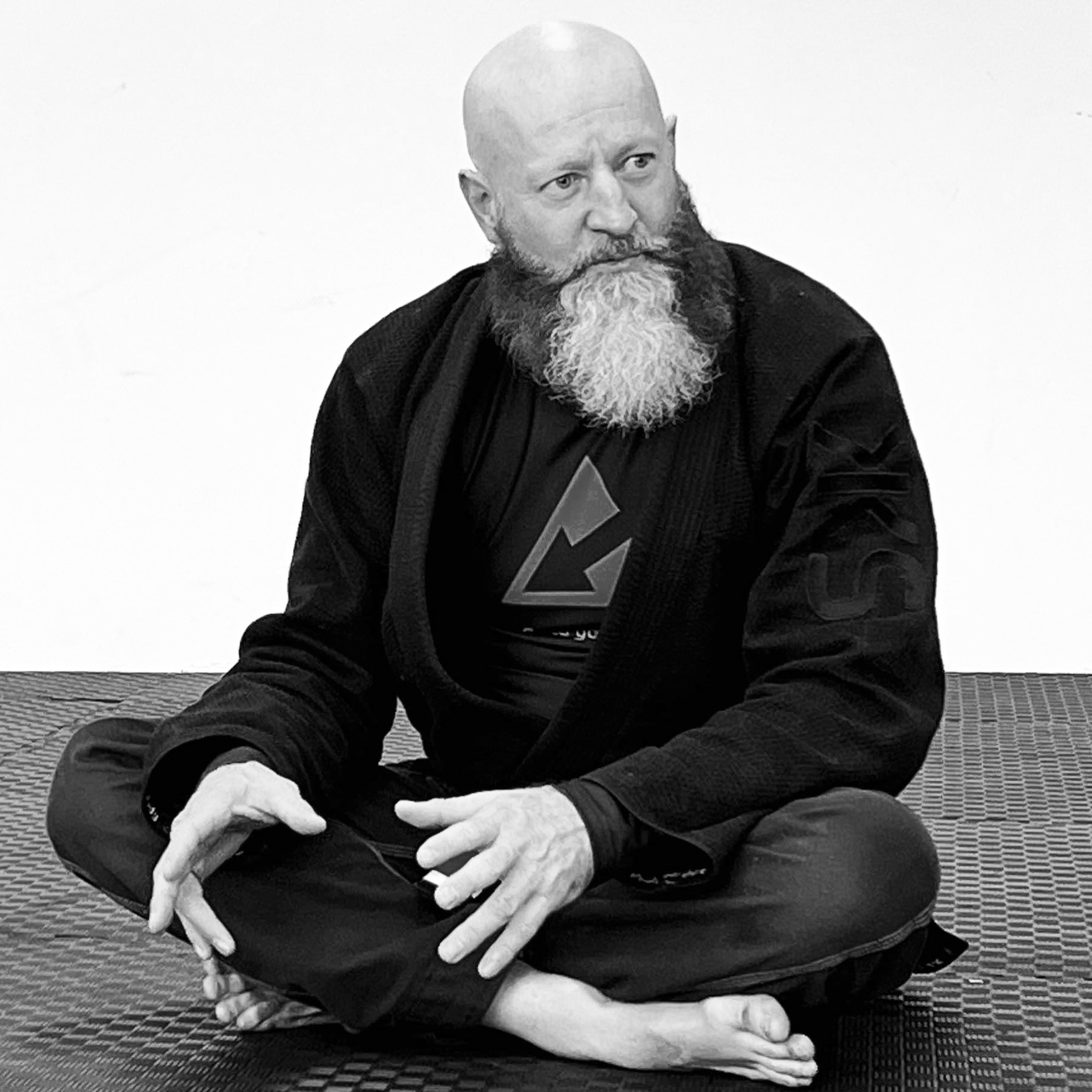The Evolution of Kali Self Defence – A Martial Art That Grows With You
“Kali Self Defence is your Jeet Kune Do,” Richard S. Bustillo once told me during one of our deep conversations about martial arts, life, and philosophy.
At the time, I didn’t fully grasp the weight of those words. But as I reflected on them, I realized they weren’t just a statement—they were a challenge. A challenge to take everything I had learned, everything I had trained in, and forge something new. Something that would honor tradition while embracing adaptability, practicality, and evolution.
Kali Self Defence was never meant to be a fixed system or a mere collection of techniques. It is a living philosophy—one that grows, evolves, and adapts. It changes as I change, and as each practitioner who walks this path brings their own insights, experiences, and growth.
The Birth of a Philosophy
How does a Martial Art Style come into existence?
For centuries, new styles have been born when experienced martial artists began to see beyond the limitations of their own training. They questioned, they refined, they sought something more.
Kali Self Defence was created out of a desire for freedom—freedom from rigid rules, freedom from outdated limitations, and most importantly, freedom to evolve.
My journey in martial arts began in 1984 with Karate, which instilled in me a foundation of structure and discipline. In the mid-1990s, I was introduced to Filipino Martial Arts (FMA), including Kali, Arnis, and Eskrima, which offered a dynamic and fluid approach to combat. This exposure led me to establish the Kristiansand Kampsport Club in 1997, providing a dedicated space to explore all ranges of Martial Arts. This club eventually evolved into the Kristiansand Kampsport Senter, laying the foundation for the center we have today, where we offer Kali Self Defence, Kickboxing and Brazilian Jiu Jitsu. Always with the same Philosophy of inner growth.
This process continues to this day.
Kali Self Defence is not meant to be a static system—it is a martial art that lives, breathes, and grows.
The Meaning of Growth in Martial Arts
Many people believe that a martial art is something to be preserved, something to be passed down unchanged, as if it were sacred text. But what if growth is part of its very essence?
I believe that a martial art should change as we change. As we grow, mature, and evolve, so should the way we move, the way we think, and the way we teach. This is why Kali Self Defence is not just mine—it belongs to those who carry it forward.
As my black belts continue their own training, as they experience new ideas and test new concepts, they will shape this art in ways I cannot predict.
This is the only way a martial art remains alive.
This is what true evolution looks like.

The Symbolism of the Logo – A Guide for Growth
A Tribute to Jeff Espinous – The Man Behind the Kali Self Defence Logo
The Kali Self Defence Triangle logo was designed by Jeff Espinous, a mentor, a pioneer, and one of the most influential figures in my Filipino Martial Arts journey. From the moment I stepped into the world of FMA, Jeff was there—guiding, challenging, and inspiring me.
Jeff has never been one to demand rigid adherence to tradition. Instead, he has always encouraged us to find our own way, to explore, to question, and to put our own values and personal expression into what we do. His belief that martial arts should be a reflection of the individual, not just a system to follow, has shaped not only my own development but that of many others around the world.
After talking to Jeff about my values, vision, and philosophy, he came up with the design of the triangle—a symbol that embodies the essence of Kali Self Defence. The logo is more than just an emblem; it represents growth, adaptability, and self-mastery.
Jeff Espinous is more than just a practitioner; he is a true architect of modern FMA, shaping and influencing countless systems that exist today. His vision, depth of knowledge, and ability to merge tradition with evolution have left a lasting mark on the martial arts world.
The Kali Self Defence logo is not just a brand—it is a philosophy in itself. It stands as a reminder of the lessons that we are always students, always evolving, and always striving to push beyond the limits of what we think we know.
🔺 The Triangle – A Strong Foundation
The triangle represents stability, strength, and continuous growth. It reminds us that, just like a well-balanced stance, our mindset, body, and emotions must be in harmony.
➡️ The Inward Arrow – Looking Within
At the center of the triangle is an arrow pointing inward, symbolizing the most important journey of all—the journey inside yourself.
Too often, people focus only on external threats. They train to defend against opponents, attackers, or adversity. But what about the battles within?
Who is your greatest enemy?
Who do you listen to the most?
Who has the power to either lift you up or hold you back?
The answer is always yourself.
This is why self-reflection is the foundation of true growth.

Feed Your Mind, Protect Your Body – A Way of Life
At its core, Kali Self Defence is not just about combat—it is about preparing for all of life’s battles.
🟢 Feeding your mind means constantly learning, questioning, and refining. It means being mentally agile, open to growth, and willing to challenge what you believe.
🟢 Protecting your body is not just about defending against attacks—it is about caring for yourself, building resilience, and ensuring that you are strong enough to carry out your purpose.
This principle applies far beyond the mat.
💡 A fighter who only trains their body but never their mind will eventually break under pressure.
💡 A martial artist who is strong but lacks self-awareness will never evolve.
💡 A person who is disciplined in training but lacks inner discipline will struggle in life.
This is why Kali Self Defence is not just a martial art—it is a way of thinking, a way of growing, a way of living.
A Living Martial Art – The Future of Kali Self Defence
Some martial arts focus on preservation. Kali Self Defence focuses on progression.
This means:
✔ New discoveries lead to new refinements.
✔ Every practitioner has the responsibility to question, learn, and improve.
✔ As we grow, the art grows. As the art grows, we grow.
I do not want to create followers. I want to create thinkers, innovators, and problem-solvers.
Because in the end, Kali Self Defence is not just mine—it belongs to those who embrace its philosophy and carry it forward.

About Richard Haye – Founder of Kali Self Defence
In the beginning, my journey was about collecting ranks and titles—a pursuit I believed would define my skill and credibility. Looking back, I am a bit embarrassed to admit that, at the time, I thought these achievements would bring me acknowledgment and validation from others. I convinced myself that belts and degrees were what mattered, that they would somehow prove my worth in the martial arts world.
But as I grew—both as a martial artist and as a person—I came to realize that the validation I was chasing was just a reflection of my own insecurities. My self-esteem was tied to external recognition, to the approval of others. And as long as I relied on that, I was never truly free.
The more I looked inward, the more I learned about myself, and the more I understood that true confidence cannot come from what others think—it must come from within. The chains of needing acknowledgment from others fell away, and I was finally able to focus on what truly mattered: becoming a better version of myself every day and helping others do the same.
Do Not Be Blinded by Belts and Titles
Belts and degrees are not meant to impress—they are meant to inspire. They do not define my ability as a practitioner, instructor, or person. Instead, judge me by what I deliver every day, on and off the mat.
That said, ranks and titles serve a purpose. They provide the freedom and legitimacy to forge your own path, to teach, and to share knowledge. But they should never be the goal—only a reflection of commitment, time, and the trust of those who came before us.
Martial arts is not about reaching a destination—it is about evolving, questioning, and breaking free from limitations, both physical and mental.
This is what I strive for, and this is the foundation of Kali Self Defence.
If you want to learn a more about me and my martial arts journey you can go to my personal homepage www.haye.no


